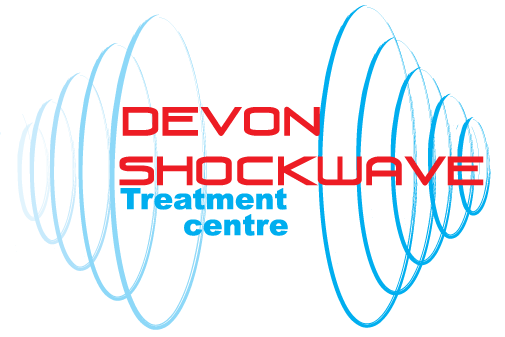What is a typical course of treatment?
When will the results of the treatment begin to be felt?
Is Shockwave Therapy effective?
What conditions can be treated?
Can I do physical activity following Shockwave Treatment?
Are there any precautions or contradictions to Shockwave Therapy?
What happens during treatment?
How long does each treatment last?
Will I be in pain after the treatment?
What is a typical course of treatment?
Each session of treatment takes approximately 5–10 minutes.
Most conditions require 4–6 sessions. Treatments are done 5–10 days apart, depending upon patient tolerance and tissue response.
When will the results of the treatment begin to be felt?
We often find most patients notice relief of symptoms after their first treatment. For some it may take 3–4 treatments. A course must be completed for full benefit, and can take up to several months.
There may be some discomfort during treatment; depending upon the level of pain you are already experiencing. However, since the treatments only last for about five to ten minutes, most patients are able to tolerate this discomfort quite well. Additionally, the intensity of the treatment can be adjusted at the beginning of each session to allow some analgesic effects.
Is Shockwave Therapy effective?
The worldwide reported rate of clinical success with Shockwave Therapy is 77{99e1eafab09be509c582b8ed73c8c865a5887f4ea52334bba3f82c72b212badf}–80{99e1eafab09be509c582b8ed73c8c865a5887f4ea52334bba3f82c72b212badf}. We have found a similar rate of success with our patients.
The technology involved with extracorporeal shockwave technology has been used for decades on millions of people. In all its use, Shockwave therapy of the musculoskeletal system has been found to have virtually no serious side effects. In fact, even mild side effects like tingling, aching, redness, or bruising are relatively rare, modest and short-lived.
What conditions can be treated?
A variety of conditions can be treated, including:
Tennis & golfers elbow (lateral and medial epicondylitis)
Shoulder pain
Chronic Heel pain (bottom or back of the heel)
Achilles trauma
Tendonitis
Back pain
Neck pain
Hip pain
Jumpers knee (Patella Tendinopathy))
Shin splints (Medial Tibial Periostitis)
Chronic muscle pain and injury
Can I do physical activity following Shockwave Treatment?
Patients should avoid physical activities – especially those that involve the treated region – for 48 hours following each treatment.
Are there any precautions or contradictions to Shockwave Therapy?
Yes. General contraindications and/or precautions include:
- Cortisone injections within one month prior to the start of Shockwave Therapy
- Blood thinning medications such as Coumadin or Heparin
- Heart or circulatory problems
- Cancer in or around the treatment area
- Pregnancy
- Diabetes
- Nerve or blood supply being too close to the site of treatment
What happens during treatment?
The painful area will be located by palpation, or in some cases using diagnostic ultrasound. Ultrasound gel will be applied to the skin before administering the shockwaves to ensure good contact.
Shockwave therapy will then be administered by Ian Vasey (LINK) using a hand-held probe and calibration machine.
This is a non-invasive procedure. No anaesthetic is required. If pain is experienced during the treatment, adjustments can be made to the treatment settings to reduce the level of discomfort.
A series of treatments, on average 3-4, are required. This will vary from patient to patient. Each treatment session lasts approximately 10-15 minutes
How long does each treatment last?
It takes approximately 10 – 15 minutes to administer the treatment.
Will I be in pain after the treatment?
It is normal to experience a reduction of pain or no pain at all immediately after the treatment, but a dull pain may occur a few hours later. This dull pain can last for a day or so and in rare cases a little bit longer.
